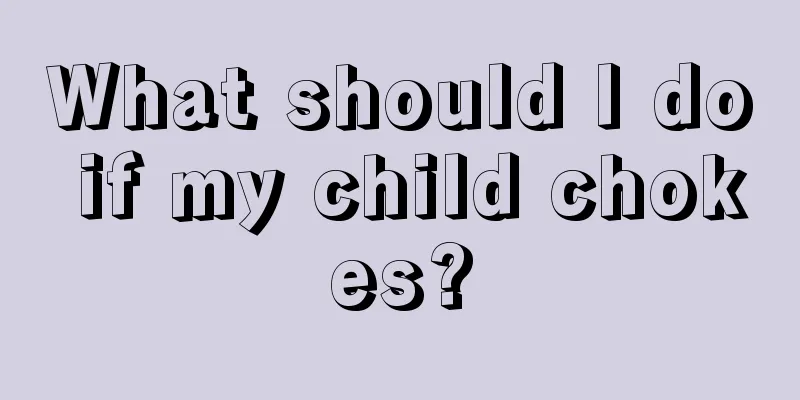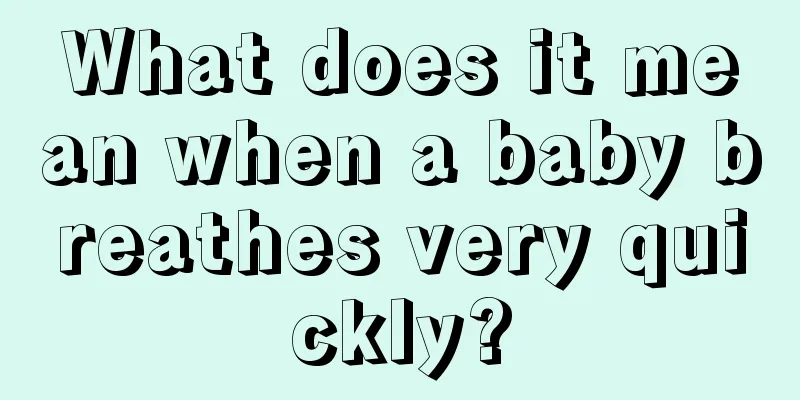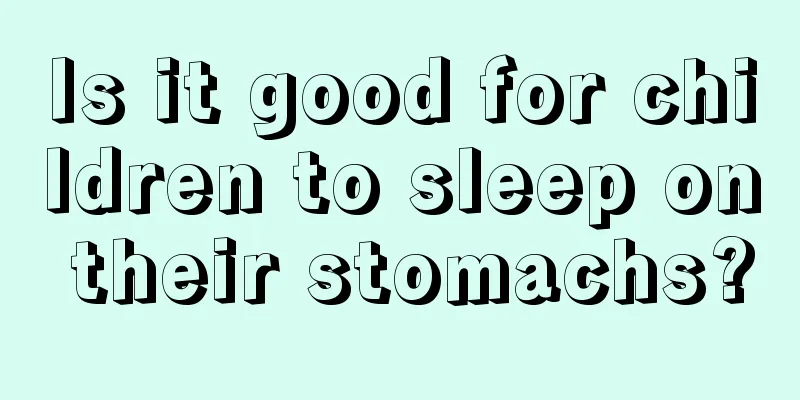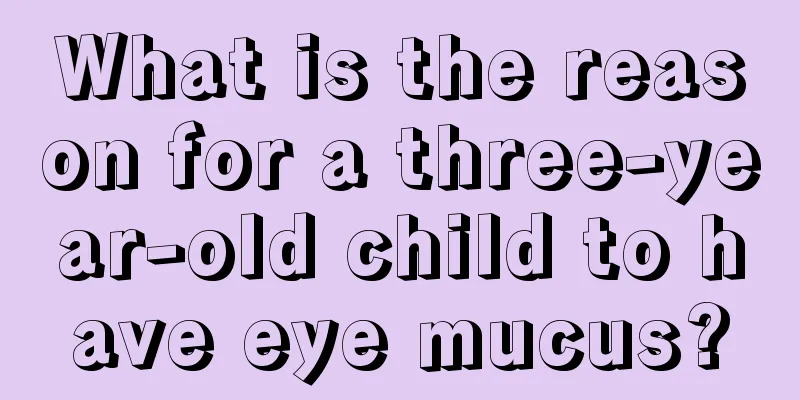What should I do if my two-year-old baby has a high fever?

|
Some babies have health problems, so they need to pay attention to timely treatment to ensure their health and avoid dangerous situations caused by high fever. In particular, they need to pay attention to ensuring the safety and health of the baby to avoid danger. So what should I do if a two-year-old baby has a high fever? Let me introduce it to you below. 1. Dehydration In the hot summer, children lose more water through breathing and skin than in other seasons, and the amount is even greater when they have a fever. For every 1°C increase in body temperature, the amount of water lost per kilogram of body weight per hour increases by 0.5 ml. When you sweat profusely while taking antipyretics, you lose more water from your body. Dehydration not only makes it difficult to reduce fever (dehydration itself can cause fever in young infants), but also affects metabolism and blood circulation, causing acidosis, etc. Therefore, children with high fever must be encouraged to drink water and, if necessary, receive intravenous drips under the guidance of a doctor. 2. High fever cramps Generally speaking, children under 6 months old or over 6 years old will not suffer from cramps due to high fever. Among children aged 1 to 6 years old, only 2% to 5% will experience this type of cramps. Cramps often occur when a high fever suddenly occurs. Cramps only occur once per fever and rarely more than twice. As long as the convulsions do not last long and are handled properly, they will not have much impact on the child's health. But repeated or persistent cramps can cause cerebral hypoxia and damage the brain. 3. Hypernatremia or hyponatremia At the beginning of fever, dehydration occurs, the sodium concentration in the blood increases, the blood becomes hyperosmotic, and dry mouth, extreme thirst, irritability, and even delirium or convulsions occur. The fever will not only not subside but will become higher. If the fever persists for a long time and the diet is not appropriate, hyponatremia will occur, and the child will become extremely tired and even apathetic or comatose. These conditions are more common in infants and young children who are usually malnourished. 4. “Brain damage” Generally, fever has little effect on the body's tissues and organs, and can accelerate the development of resistance. When the body temperature exceeds 41°C, proteins in the body will decompose, causing cerebral edema and resulting in death or sequelae of encephalopathy in the child. Therefore, if a child has a high fever above 40°C, emergency treatment is required. The above is my opinion on this issue that I would like to introduce to you. It is to avoid situations where the baby’s safety is affected by the baby’s high fever, to avoid situations where the baby’s body is in danger, and especially to avoid situations where the baby’s body is in danger. Finally, I wish the baby a speedy recovery. |
<<: Treatment principles and methods for cerebral palsy in children
>>: What to do if your newborn baby snores
Recommend
Yellow tongue coating in children
In traditional Chinese medicine, it is believed t...
What to do if your 18-month-old baby is zinc deficient
Zinc is an essential element in the body, especia...
What foods cause children to have early puberty?
The vast majority of children experience precocio...
Does a child have breast pain during development?
Breasts are one of the most important organs in t...
When do children grow taller?
Children's height and nutrition are inseparab...
What are the causes of indigestion in children?
Indigestion is a phenomenon that many children wi...
What skin care products should I use when I'm 13?
Nowadays, children start to pay attention to skin...
What is the cause of the child's convulsions?
Children often have some special situations when ...
The best age for brushing teeth
We all know that many parents now pay special att...
Can a 3 month old baby sit?
Everyone grows up little by little from childhood...
What are the treatment options for childhood asthma?
In fact, when treating childhood asthma, more att...
What should I do if my child is timid and afraid of things?
Whether adults or minors, they will have fears ab...
What to do if your child has foam at the mouth
Children are in the process of growing up, and th...
The signals presented by different colors of newborn baby's nails
What is the most normal color for a newborn's...
What to do if baby has red pimples on mouth
The physical health of the baby is something that...









